I have data of 71 attributes and 17 instances. I want to classify them into six groups or classes. I tried with newsom( data, [ 6 6 ] ).
The result are shown in below figures. I can not figure out where the clusters are located and how I can find them programmatically?


I read all those papers regarding the SOM, but could never figure out how to get the clusters and data in those clusters? So, please also indicate that when you reply my question.